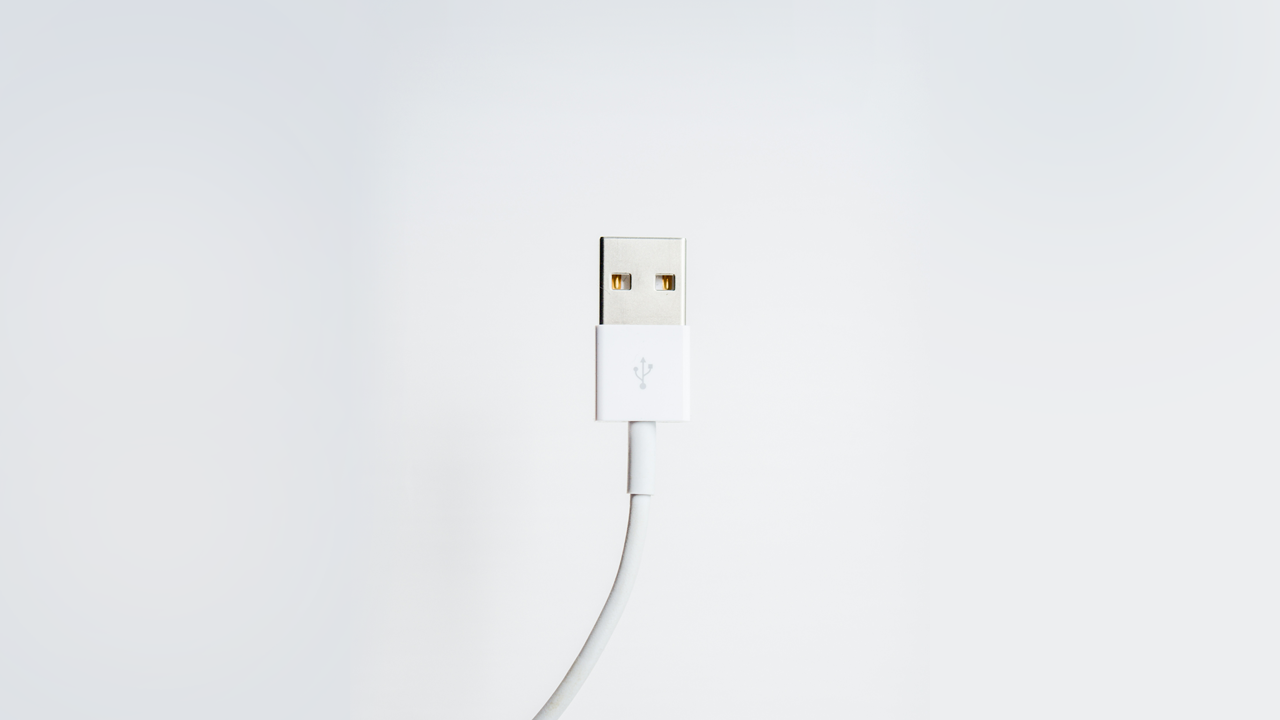USB over IP (USB/IP) is a technology that allows you to connect USB devices to a remote computer via an IP network. It works by redirecting USB traffic across the network, allowing you to use USB devices as if they were connected directly to your local computer.

Table of Contents
To use USB over IP technology, you should take professional help. This will help avoid many problems in the future.
What is the essence of USB over IP?
The essence of this technology is the ability to connect devices using USB, while using a remote connection to a computer through a single network. The following methods are used for this:
- USB port virtualization. USB ports on the server are virtualized and made available to remote clients.
- USB traffic redirection. USB traffic from a USB device on the server is forwarded across the network to the client computer.
- USB traffic recovery. On the client computer, USB traffic is restored and the USB device is available for use as if it were directly connected.
Using these methods, it is possible to achieve the goals and provide a virtual connection for devices via USB. After this, you will not have to constantly run to the source in order to obtain information from a flash drive or other connected device.
Where is this technology used?
USB over IP is a common technology that has found its application in various industries. It is necessary where remote access to connected devices via USB is required. Among the main application options are the following:
- Virtualization at the level of different clients. This includes connecting printers, scanners, web cameras and other USB devices to virtual desktops. This allows USB devices to be used with thin clients that do not have their own USB ports.
- Remote access to resources. This technology provides access to USB devices in server rooms, data centers, and industrial areas. This makes it possible to remotely manage USB devices, such as servers, switches, routers.
- Automation. This connection method allows you to automate tasks associated with USB devices, increasing efficiency and productivity.
- Engineering. With the help of remote USB devices, system engineers can easily work on joint projects without having to constantly run to different rooms.
- Education. In the field of education, this technology is especially widespread. It allows you to gain access to various USB devices during the learning process.
- Medicine. The technology allows doctors to remotely diagnose and treat patients, which improves the availability and quality of medical care.
These are just some examples of using USB over IP. USB over IP technology is constantly evolving and finding new applications. It is important to note that the choice of a specific USB over IP solution depends on the needs of the user.
Features of implementation
There are several ways to implement this technology in practice: hardware and software. The software method has the following features:
- Uses drivers and software to redirect USB traffic across the network.
- May be free or paid.
- May be less performant than a hardware solution.
- May be more difficult to set up.
- Suitable for small networks and low performance tasks.
There is also a hardware method that requires a longer and more complex implementation. Among the key features of this method are the following:
- Uses special devices that encapsulate USB traffic and transmit it over the network.
- Typically more performant than software implementation.
- May be more expensive than software implementation.
- May be less versatile than software implementation.
- Suitable for large networks and high performance applications.
Regardless of the type of implementation, each system includes a number of basic methods for configuration and implementation. There must be a server and a client part. You also need to install the appropriate software to redirect traffic. Before setting up, it is recommended to contact specialists who will help you implement your tasks with minimal cost and effort.
Benefits of use
Using USB over IP technology has many key benefits. Among them you should pay attention to the following:
- Remote access. Connect to USB devices from anywhere in the world.
- Thin clients and virtualization. Use USB devices with thin clients and virtual machines.
- Automation. Automate tasks related to USB devices.
- Increased security. Control access to USB devices.
When connecting, it is very important to use special encryption and protection protocols for personal data to avoid leakage during the process. It is also important to ensure that the network has sufficient bandwidth to carry the required amount of data across the network. Modern technology opens up many possibilities for implementation.
Before implementing a suitable solution, it is recommended to contact professionals. They are always ready to answer all questions and provide full support to ensure maximum efficiency.
